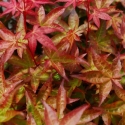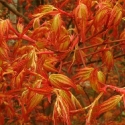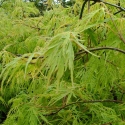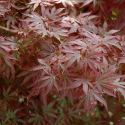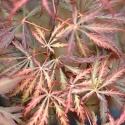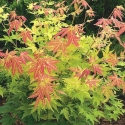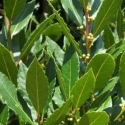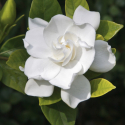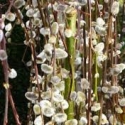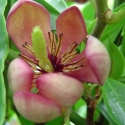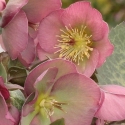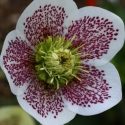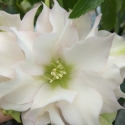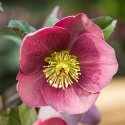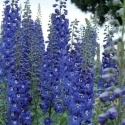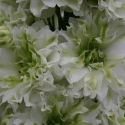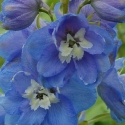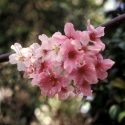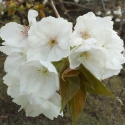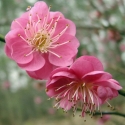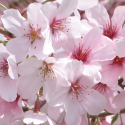Saturday 27th September, 2025
Hi
Which shape do you like?
Tall, upright, weeping, narrow, spreading, pyramidal: what's your fancy?! When ever I am asked for advice on a tree or shrub, I like to find out a bit about where the plant is going and the best shape for the situation. It helps to think about the soil surroundings and how it will impact on paths, driveways, other plants, shade and shelter for the garden owners. Hopefully this doesn't come out as a 20 question interrogation, because we are always aware that, while the right plant can 'make' the place, the wrong plant can cause you extra time, effort and expense. A classic case in point are the shapes of our trees, and this is where you may see a lot of hand waving and pointing if you talk to one of our staff (well me anyway) as I try to describe how the plant will grow to maturity. This week I am going to focus on Maples, which are a huge family particularly the Japanese maples which come in a few different forms. People have been known to run screaming to their cars when faced with the range of varieties on offer. Haha. It doesn't have to be confusing though! As Mohammed Ali said: "Different strokes for different folks".
Not all maples, as they say, are created equal. There is a big difference between a delicate weeping Japanese maple with finely dissected leaves growing around 1-2 metres tall and a towering Norwegian maple which you would typically see in a paddock and can easily grow to 20 metres plus. Throw in the American and Canadian species for a zing of bright autumn colour and the possibility of maple syrup and you can see this is a diverse and interesting family.
Japanese Maples There is a massive range of maples with the distinctive palm shaped (Acer palmatum) leaf which originated in Japan and other East Asian countries. Over centuries the Japanese have bred and selected many varieties from naturally occurring differences and we have ended up with hundreds of cultivars which have different leaf and colour, size and habit. You will notice the distinctive bark of the coral maple
Acer senkaki, as the bright red stems practically glow when the new growth is emerging. Equally there are many leaf colours from yellow, lime green, orange, blood red and purple and some pretty variegated (two toned) forms.
The key difference for the habit of the plant is the form it takes when it grows e.g. weeping vs upright, prostrate vs pyramidal.
Weeping maples are commonly associated with the Zen garden because their naturally graceful form. These come in two shapes 1. High Work which have a straight stem with no branches and the graft at the top of this which forms an umbrella shaped plant and 2. Low Work which from a small tree where every branch weeps elegantly creating a cascading effect in soft colour (usually versions of green, red or purple).
In contrast the upright forms of
Japanese maples although still elegant, have branches which are held in the normal shape of shrubs and trees - fighting gravity to reach the sky. Just to add to the interest we also have these in two forms 1. Multi leaders and single leaders. The multileader group are plants which form a branched head at the top of the short stem. Every branch is the same size and comes from one point and the shape this makes is wider and more rounded than your traditional central leader with one main stem. This multi leader shape can be a naturally occurring growth pattern in maples and makes for a great container plant which is compact and full. You will not need to battle this one with the secateurs.
The upright varieties of Japanese Maples are the ones which are favorites as small trees and striking because of their leaf colour. Varieties include
Bloodgood,
Moonfire,
Shindeshojo and
Herbstfeuer.
Next week I will talk about the larger growing varieties of maples including North American and European Maples.
This week at the garden centre
Standards
While we are on the topic of shape, we get a lot of requests for standards because they make a great visual statement and are usually fairly easy to care for because someone else has done the hard work for you. Most standards start with a small plant which has been carefully encouraged to have a single leader for a few years to that the trunk is nice and straight. At the point they want the plant to form the head or ball they pinch out the bud at the top. In the world of buds this is equivalent to announcing a take over or coup has started because the hormone which controls a plants upright growth also programmes the top bud to send out signals to the others not to grow as fast. Once that is removed its open slather, every bud wants to grow, helping to create the bushy ball which you are looking for. Unfortunately this is not going to happen overnight but after several years of continual pruning the plants are full and ready to find their new homes i.e. you guys. Currently we have a good selection of standards, topiary balls and more on the way or if you are feeling adventurous - start your own. Check out the
topiary plants section on our website and our
how to information page.
Helleborus or Winter Rose SPECIAL Our place is bursting with colour at the moment so its time for the helleborus to make way for the spring and summer flowering perennials so its 20 % off the range while stocks last. These are great shade loving plants and if you get them now you can still see the flower colour and size which they will grow to before they need a trim back for their more dormant summer period. Wait until flower heads are finished especially if you are keen to see some seedlings pop up although these will not be the same as your original plant.
Delphiniums are growing quickly now the warmer wet weather has arrived. We are selling these with a special Multibuy deal. When you get 5 or more the $14.99 grade are $12.99 each or 10 or more for $10 each and the larger $19.99 are reduced to $17.99 for 5 or more and $15 each for 10 or more.
You just cant drive anywhere in the Waikato in the next few weeks without noticing the delicate shell pink of
Prunus Awanui starting to flower. As a plant which was bred in the Taranaki it has been enthusiastically adopted by many in the Waikato, including a couple of avenues at our nursery. As a medium growing, well shaped and spectacular flowering tree it is an excellent choice for driveways or gardens.
Special mention of another garden ramble 14-16th November
Te Puke Garden Ramble which features 17 private gardens and includes some stalls.
Hope you have an enjoyable weekend whatever shape that is!
Cheers from Lloyd, Tony and the Wairere team.
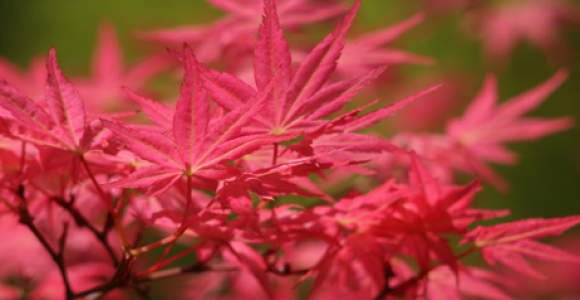
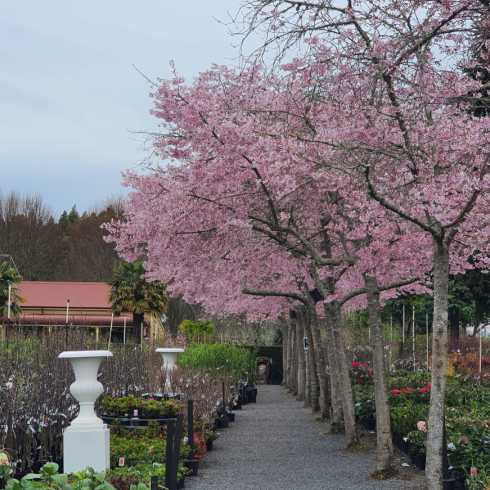
.jpg)
